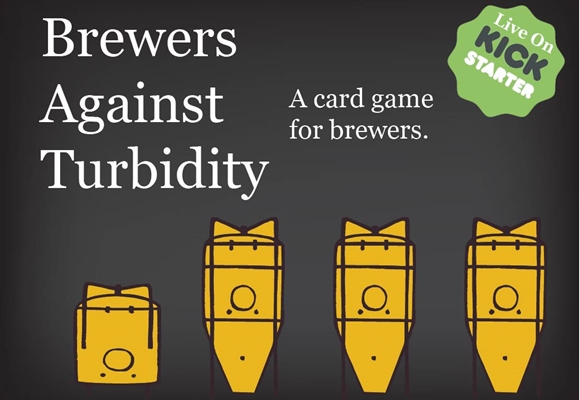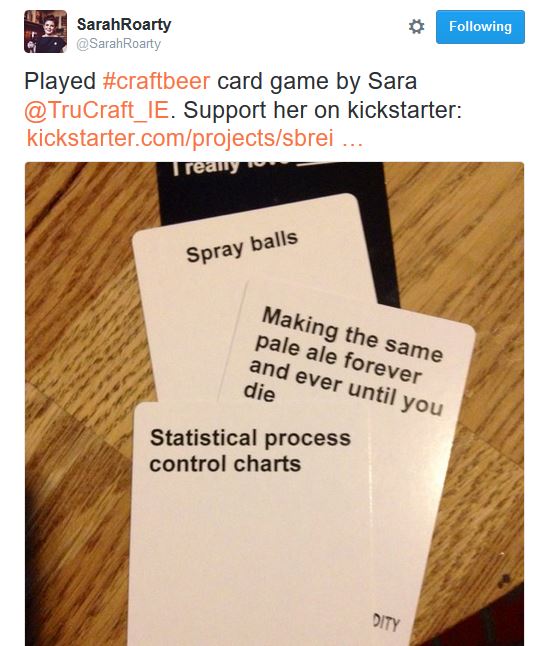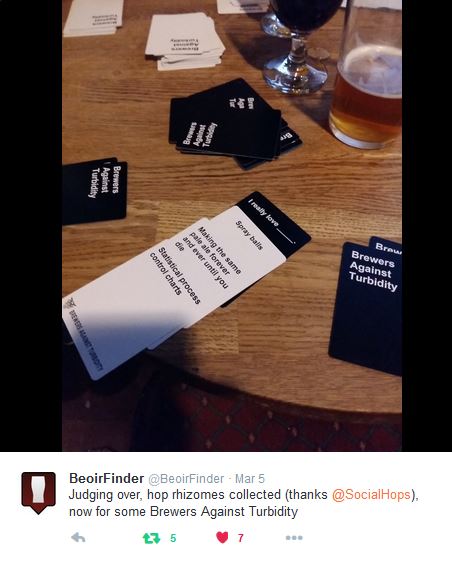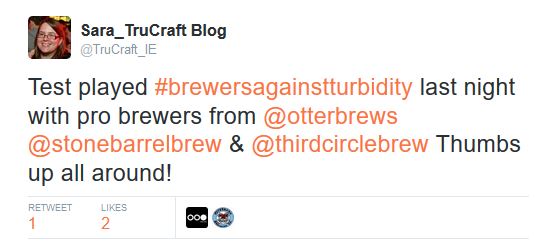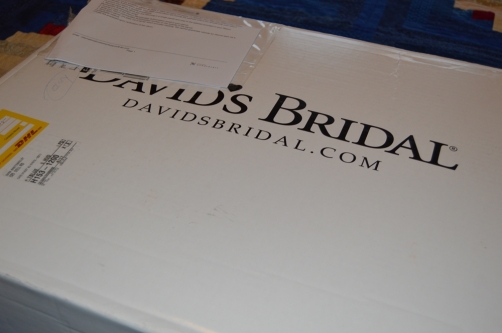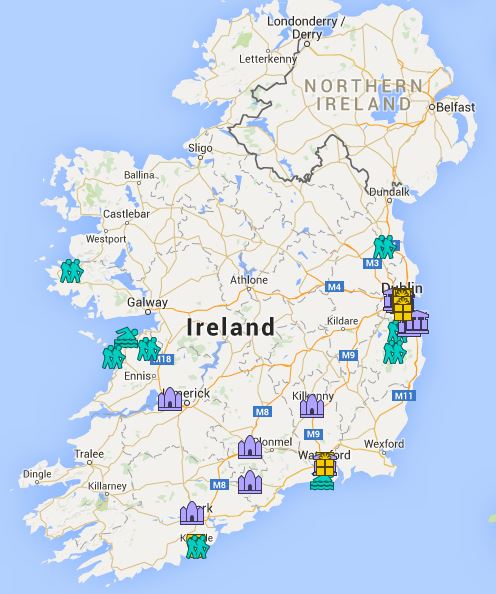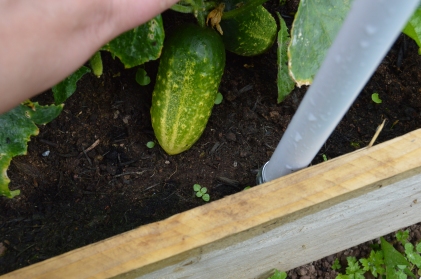Women in craft beer – it’s a topic that pops up again and again on the interwebs. Various bloggers and beer writers will tell you why women’s involvement in beer is either justified or unjustified. A recent post by a beer blogger from the UK caused a stir in the craft beer community when he stated that to him beer is a masculine drink and women who drink it are unattractive. He states this is “a cultural and ‘natural’, norm. For me, it’s just sort of simply ‘the way it is’ and should be – a natural law if you will.” He bases this on the fact that when he was growing up “pubs were a refuge for men – a place to be away from women…Pubs were dens and bastions of stereotypical male culture, where vulgarity, lewd behavior and words and actions not necessarily welcome in polite society were embraced and even encouraged.” It is true that British pubs were often a segregated atmosphere even into the late 20th century. Some historical studies would suggest that the drinking habits of women are directly linked to whether or not they work outside the home. Perhaps this still may have something to do with perceptions – there is “men’s work” and there is “women’s work”, and accordingly there are manly drinks and female drinks. As employment trends move away from manufacturing and towards a service-based economy, the line between “gender-appropriate” jobs is blurred, and so is the line between gender-based drinking cultures.
I have never experienced this gender-appropriate drinking culture myself. Being from Milwaukee “Brew City” – home of Miller, Pabst, Schlitz, and other fizzy yellow beers – lager was always the drink of the masses. Despite being an area heavily dependent on manufacturing, advertisements for beer during my parent’s generation featured women drinking and enjoying beer (yes drinking it, not just serving it). But then, you could hardly live in “Brew City” and order a glass of wine!
Another important event in the history of American beer drinking was Prohibition. When taverns re-opened in the 1930s they catered to a “couples trade” – meaning men and women would visit drinking establishments together. The design of taverns changed to facilitate conversations adding cozy booths with tables. This represented a change in drinking practices from the “saloon” atmosphere which had ruffled the feathers of so many women and fueled the Temperance movement. This saloon atmosphere which largely disappeared in mid-century America continued to be prevalent in Britain and Ireland well into the late 20th century (for more on the history of taverns check out this video.) Going back before prohibition many Americans of German descent would spend Sundays drinking beer as a family in beer gardens. The most famous of these was the elegant Schlitz Palm Gardens in Milwaukee. I would suggest these are some historical reasons why an English Gent and a Wisconsin Girl would have such vastly different views on the gender of beer.
Moving into the 21st century when many American lager brewers choose to use women as sex objects in advertising, it would only make sense that women would prefer to drink beer from small craft brewers who use non-sexist advertising and espouse egalitarian principles. Interestingly, alcohol advertising in Ireland is legally prohibited from suggesting that drinking will increase sexual prowess, and thus most advertisements do not present women as bikini-clad sex objects. This should make gains in female drinkers easier in the Irish beer market, however gender gaps bred from generations of gender-segregated education (administered by the Catholic Church) has historically left many men and women viewing the opposite sex as an “other.” Generation Emigration may offer a huge boon to Irish craft beer producers when they return (if they ever return?). Having experienced egalitarian craft beer culture abroad, many will likely be unwilling to be relegated to stereotypes of female drinking. Market research in the US has suggested that when women are told what they “ought” to drink, women tend to rebel:
“… craft brewers also typically do a better job marketing to women—by not marketing to women. Beers that try to present themselves as particularly women-friendly face almost universal derision and scorn on the website’s forums for being patronizing. “A lot of what is coming out is clear or light, low-calorie and fruity or flowery beer which is either packaged in pink or somehow misses the mark,” she says. “Most of the reaction is that women do not want something that is specifically targeted at them, but that is gender-neutral in marketing and is a delicious product.”
As for the original blogger who claims pubs are a place to be away from women and engage in lewd behavior – this is not a virtuous argument. Just as in the telling of racist jokes, if you wouldn’t say it to someone’s face then you probably shouldn’t be saying it at all. His argument tacitly implies that men who drink in pubs spend a considerable amount of time degrading women, and instead of mending their ways they simply wish to be allowed to continue to degrade women without challenge. As for using a pub to escape family life – the current generation in Ireland and abroad probably has a slightly different objective. With 36% of US Millenials ages 18-31 stuck living at home (40% of young men and 32% of young women) it seems more likely that young patrons are going to their local pub to escape their parents. Finally, the argument that women drinking beer is unfeminine because “that’s the way it is” is perhaps the most deplorable argument. This type of argument has long been used to exert social pressure on women to prevent them from voting, working, and being educated. However, a stunning 51% of Irish people aged 30-34 have completed third level education – the highest percentage in the EU according to figures from the statistical office Eurostat. In this age group 58% of women have a degree, compared to only 44% of men. You might conclude that anyone wishing to tell young Irish women they ought not to do something because “that’s the way it is” has quite a battle before him.
